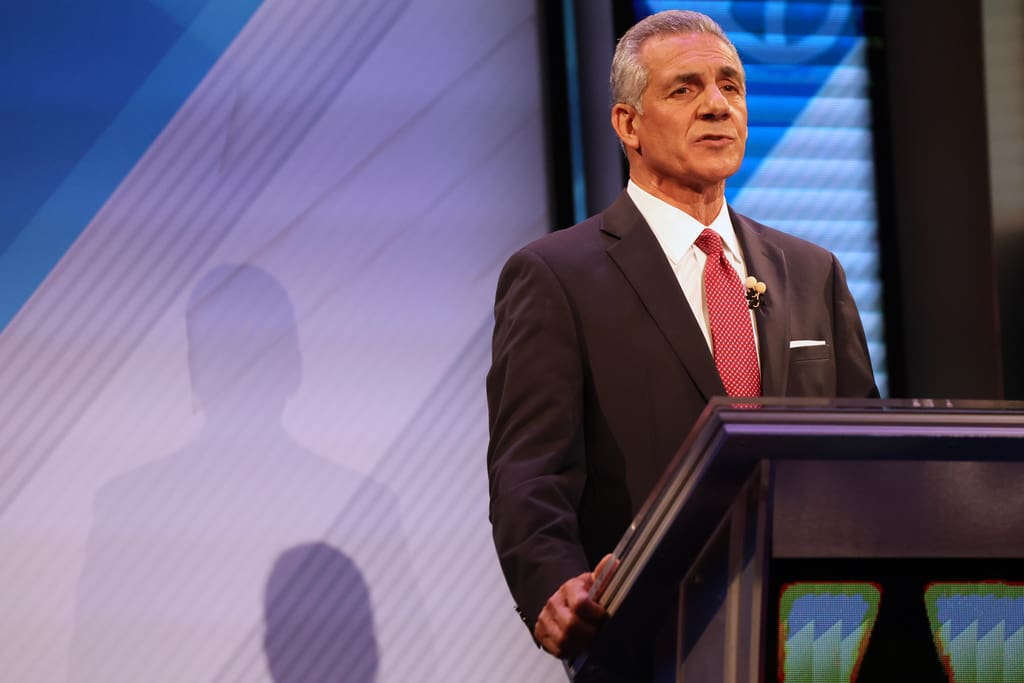TERRY — In 2018, Rolane Christofferson welcomed a landman’s proposal to install wind turbines on her property without much persuasion. Facing mounting bills for her mother’s extended stay at Prairie Community Nursing Home, Christofferson and her siblings had already sold some of their ancestral land to cover costs. Hosting part of a wind farm seemed like a viable financial solution.
“The reason we signed the lease was mainly to cover the hospital bill, because we didn’t know at the time how long she would be there,” Christofferson explained, noting the high monthly expenses. Other local landowners faced similar financial pressures when approached about hosting sections of the 800-megawatt Glendive Wind project. Lisa Everett, for instance, struggled to maintain her ranch after her husband’s passing. Her financial planning suggested she wouldn’t pay off her debts until she was 80, even with her new husband’s income.
The wind farm leases, established in 2018 with Orion Renewable Energy Group, were soon transferred to Florida-based NextEra Energy. This company, the largest electric utility holding firm in the U.S., had already developed a significant wind project spanning three counties between Miles City and Forsyth. Leaseholders in McCone, Prairie, and Dawson counties began anticipating the potential earnings from Glendive Wind.
However, by 2024, opposition emerged from typically conservative regions, advocating for countywide zoning to halt wind energy initiatives. Residents feared disruptions from turbines, including shadows and electromagnetic interference. Prairie County Commissioner Dennis Teske, a vocal opponent, highlighted concerns at a meeting, stating, “I don’t have that right to interrupt a man’s sleep,” when discussing the impact of turbines.
Dissent reached its peak in late 2024, centering on debunked health concerns related to wind turbines. The Montana state Land Board delayed discussions of including state trust lands in the project. Political shifts, including Donald Trump’s return to the presidency, further stalled renewable energy advancements. Trump’s administration paused a crucial $700 million grant for a new transmission line, pivotal for connecting regional electric grids.
Amidst political maneuvers favoring fossil fuels, leaseholders of Glendive Wind found themselves caught in limbo. Montana’s congressional representatives focused on reviving the state’s coal industry, previously declining due to plant closures and bankruptcies. Under Trump’s directive, an energy emergency expedited federal coal permitting, while the EPA exempted Colstrip power plant from emissions standards established by the previous administration.
Despite these challenges, NextEra’s project manager Ross Feehan remains optimistic about Glendive Wind’s prospects. He emphasized increasing energy demands driven by technology, stating, “Due to technology, artificial intelligence, data centers, demand for energy is going in one direction. It’s going up.” Feehan compared Montana’s wind potential to Texas’ Permian Basin, highlighting NextEra’s continued investment in the region.
Local economic impacts of Glendive Wind are significant, with Prairie County’s tax base poised for expansion. County commissioner Todd Devlin pointed out that the project’s taxable value would be substantial, despite potential tax abatements. As Glendive Wind remains entangled in regulatory and political challenges, stakeholders like Christofferson advocate for balanced development management.
“We need to do something to make sure that our county exists longer. We don’t want to lose the hospital, we don’t want to lose our schools,” Christofferson stated, underscoring the need for economic resilience in Prairie County. The ongoing debate reflects Montana’s longstanding tension between traditional energy reliance and emerging renewable opportunities.
—
Read More Montana News










